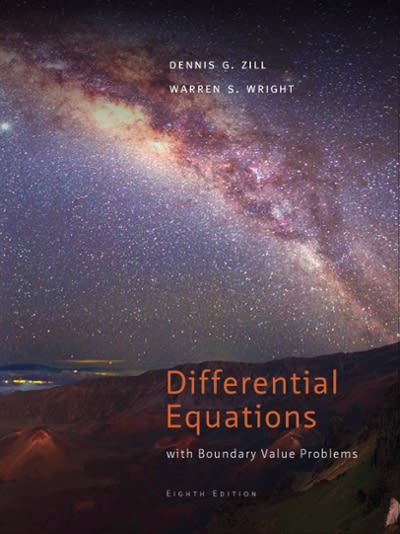Answered step by step
Verified Expert Solution
Question
1 Approved Answer
Q4. (The Monty Hall problem) Suppose the agent is on a game show where she has to pick one of 3 boxes labelled A, B,

Step by Step Solution
There are 3 Steps involved in it
Step: 1

Get Instant Access to Expert-Tailored Solutions
See step-by-step solutions with expert insights and AI powered tools for academic success
Step: 2

Step: 3

Ace Your Homework with AI
Get the answers you need in no time with our AI-driven, step-by-step assistance
Get Started


